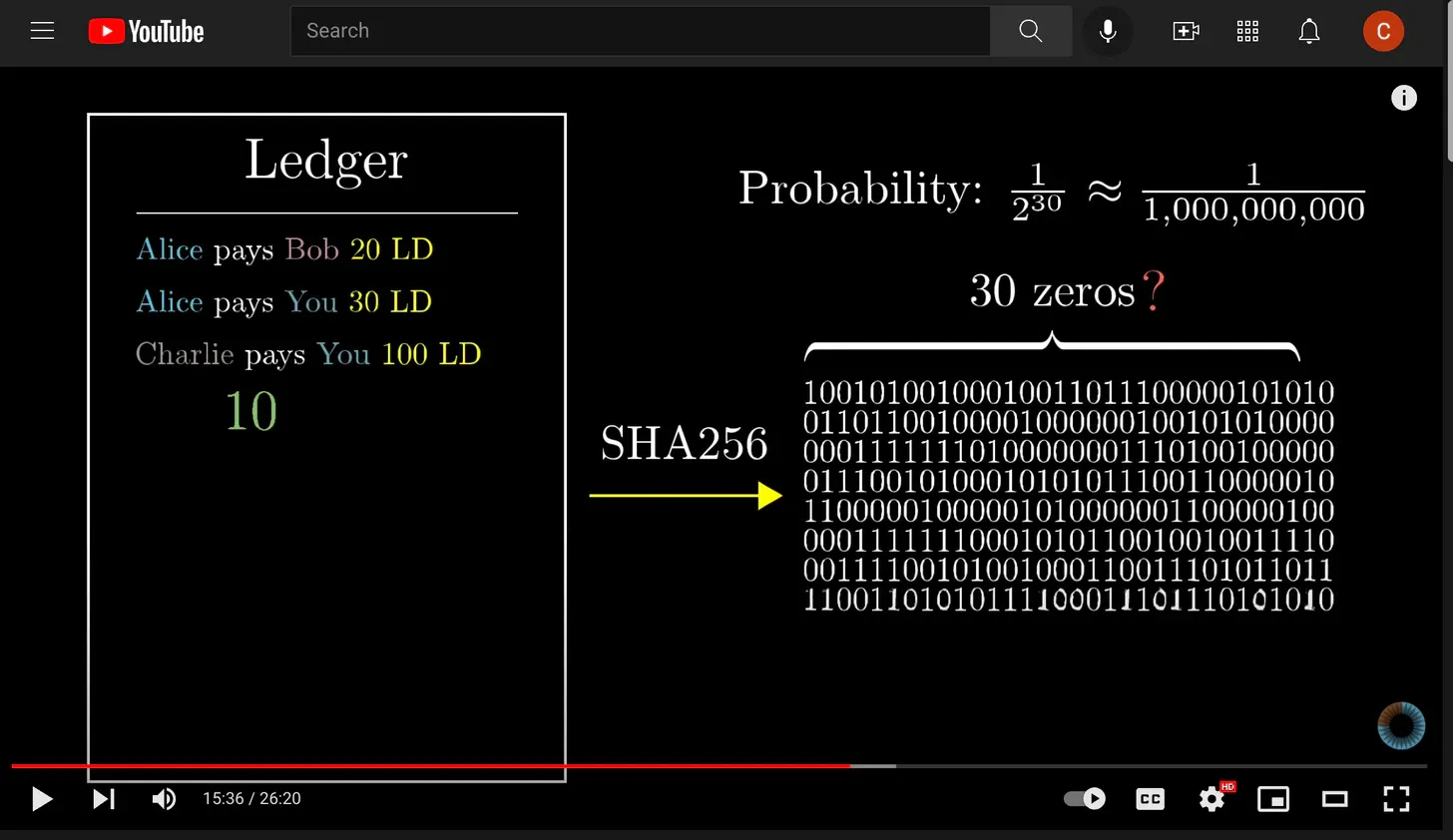But what is it good for?
Math is hard, let's go shopping.

Capital Thinking • Issue #1096 • View online
For a long time, I resisted opining on crypto, even though I had a lot of early exposure to it.
My roommate circa 2011~2012 was really into Bitcoin. He was so convinced that it was the next big that he set up ASICs, devices that were designed specifically to mine Bitcoin, in some San Jose schools’ storage cabinets thanks to a network of ethically flexible janitors.
The whole thing felt off.
Who is Web3 Really Good for?
Can Duruk | Margins by Ranjan Roy and Can Duruk:
On one side was an admittedly enterprising guy who used to make six figures from his side jobs alone and on the other was a public school system (I think?) getting fleeced and a bunch of people with a lot to lose risking their jobs at a chance to make a quick buck.
But I think it worked? Maybe I was wrong.
And you know, maybe I’m just bitter that I never get in on this action! But I’m pretty sure that’s not the whole reason.
“It’s Just Math” they said

My curiosity started out pretty normal. Bitcoin I grokked pretty easily, and the math, so to say, checked out. I knew about practical cryptography and things like Merkle trees both from school and work.
However, as the crypto conversation turned from running a wildly-expensive yet cleverly-designed distributed ledger to building a world computer that does everything On The Chain, something went off the rails.There were genuine moments where I felt like I was in the middle of an elaborate performance act, or that I was the only person not in on the joke.
Everyone talked about things being decentralized, except everyone interacted with the “chain” more or less using the same couple of services. The storage and processing capabilities were all laughably impractical, even accounting for the possibility that it could eventually get faster.
And most importantly, the user experience of doing even the simplest things was as fun as getting a root canal.
Even though the money and content kept flowing, as far as I could see nothing really came out on the other end. I shook my head, and largely moved on.

Years later, as crypto became even more more mainstream, I started following it closely again. I even tried to invest a bit of my own money in the doomed-to-fail ConstitutionDAO since I couldn’t resist (being) a good troll.
But the fees alone surpassed my trolling budget so I went back to making jokes on Twitter.
Luckily for everyone, Ken Griffin turned out to be a bigger (and richer) troll than I could ever imagine being and just bought the damn thing outright. I felt vindicated.
Yet, for the longest time, I’ve tampered my own skepticism of the crypto industry with a heavy dose of skepticism of my own understanding.
While I considered myself technical enough to start a tech company, I thought maybe some of this stuff went over my head. I should have trusted myself more.
A Wild Post Appears
I’ve been meaning to write this post for a while. I even started a draft but just couldn’t finish it for…reasons.
Again, I was able to wrap my head around easily on the even the gnarliest of the “crypto” part of the cryptocurrencies (surprise: there’s not that much!), but I still thought something, ANYTHING, must have been evading me.
And admittedly having a sizeable internet following, I also didn’t want to put a target on my back.

And come on, betting against billions of dollars seemed like a bad idea in itself. People who are raising billions in dollars to invest solely in crypto apps must have seen something I haven’t seen, I thought.
I’ve been wrong before (see my roomate’s story above), and this must have been one of those times. I closed my draft tab, and went back to reading about the Theranos lawsuit instead.
And then, yesterday, much to my co-author Ranjan’s chagrin, who’s been begging me to finish this piece, Moxie Marlinspike, the founder of Signal and the architect of the end-to-end technology used in WhatsApp, finally came up with the post I wish I could have written.
Once again, I felt a tiny bit vindicated.

